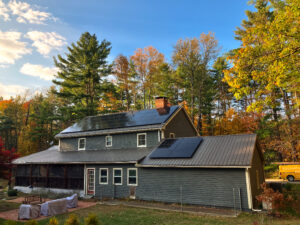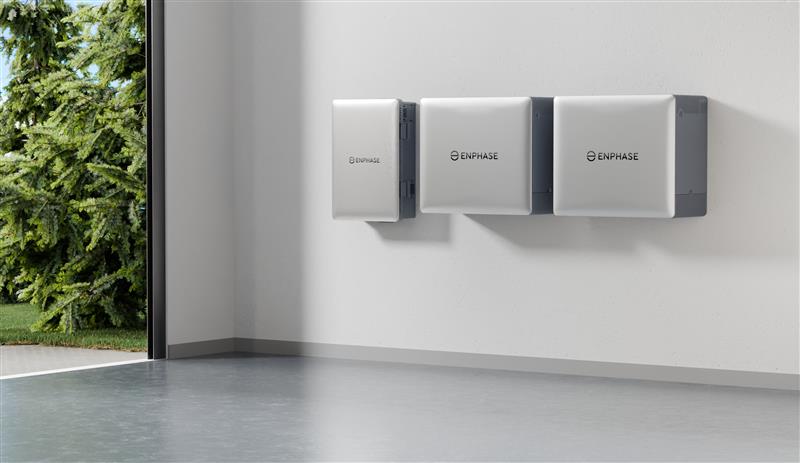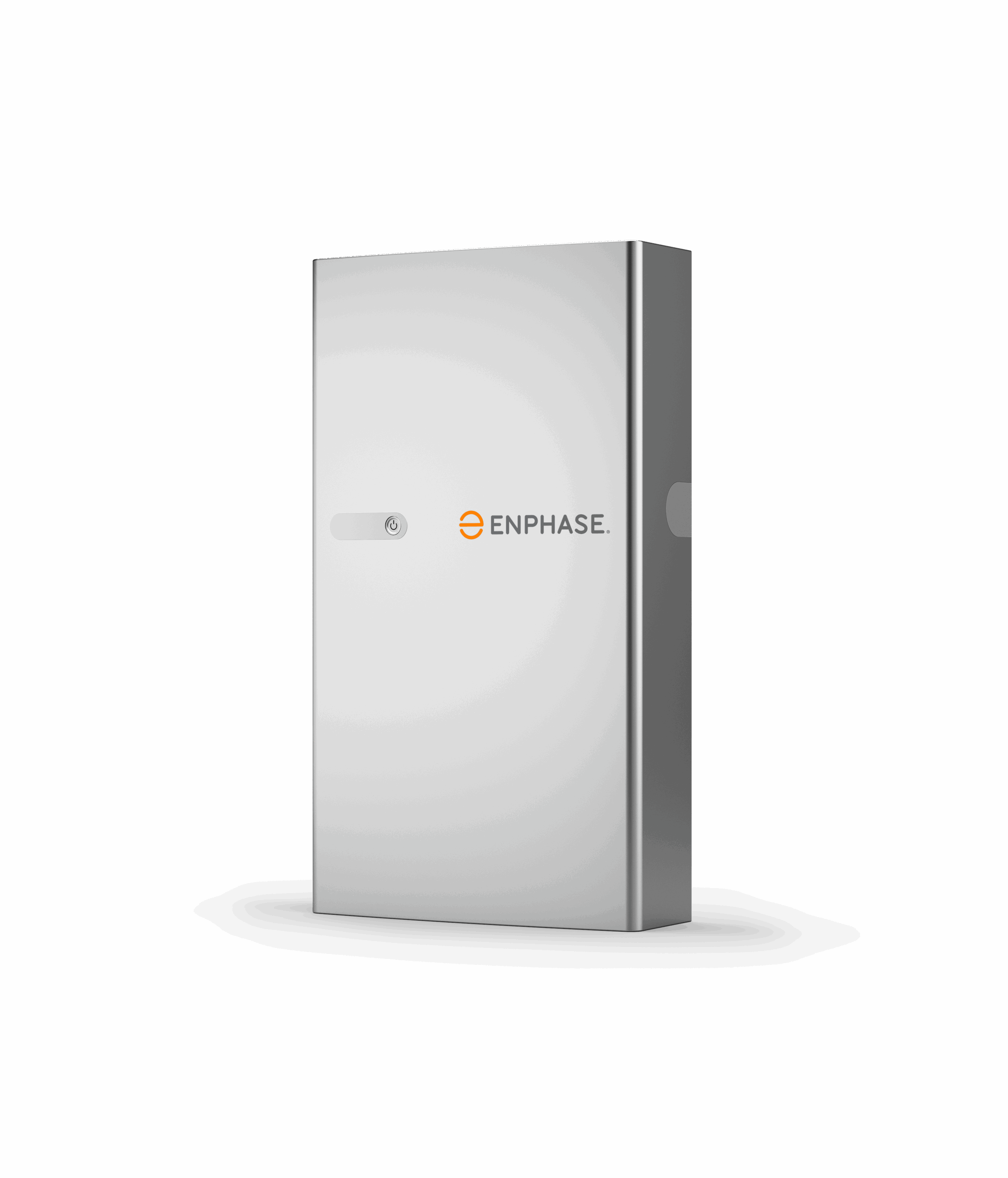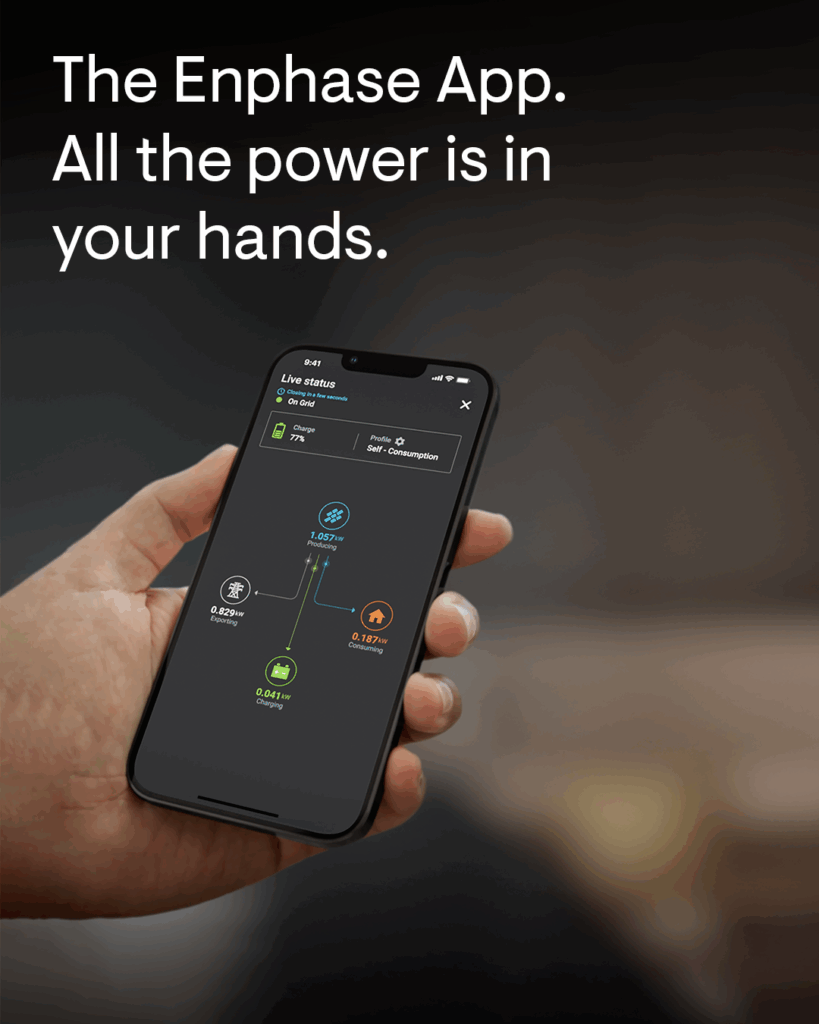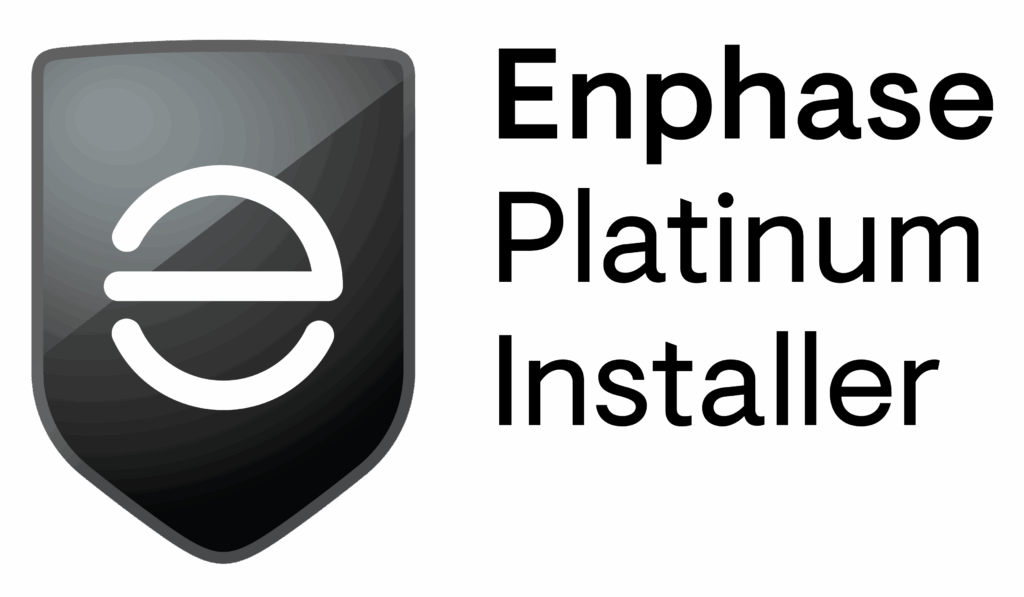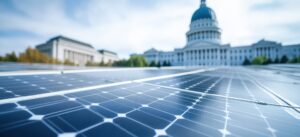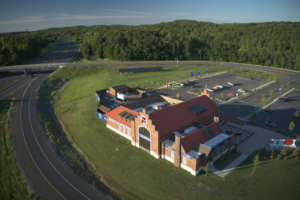Simply, if you run high electric load items with your battery, your battery will drain faster.
Think of the battery life on your cell phone. How long will it last depends on what apps you are using, video & music streaming, etc. If you’re doing multiple things at the same time, they will last shorter.
If you have too many high load appliances running at the same time, you can cause a brown out with your battery, and it will shut off.
Batteries can power a lot, however if you exceed that threshold (with say electric heat) the battery cannot handle that load, and everything will shut off. It is like a breaker popping from overloading a circuit in your electrical panel.
